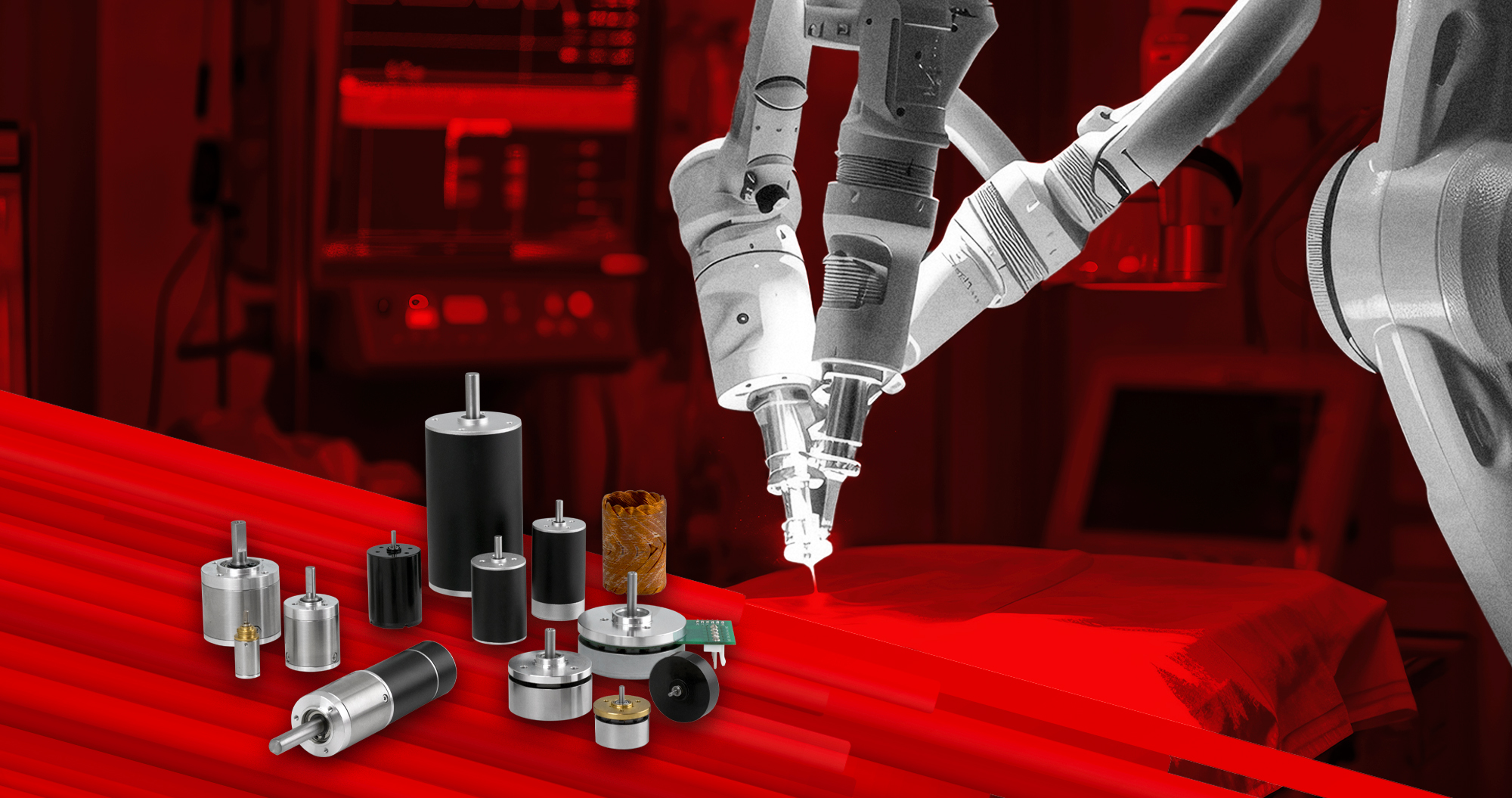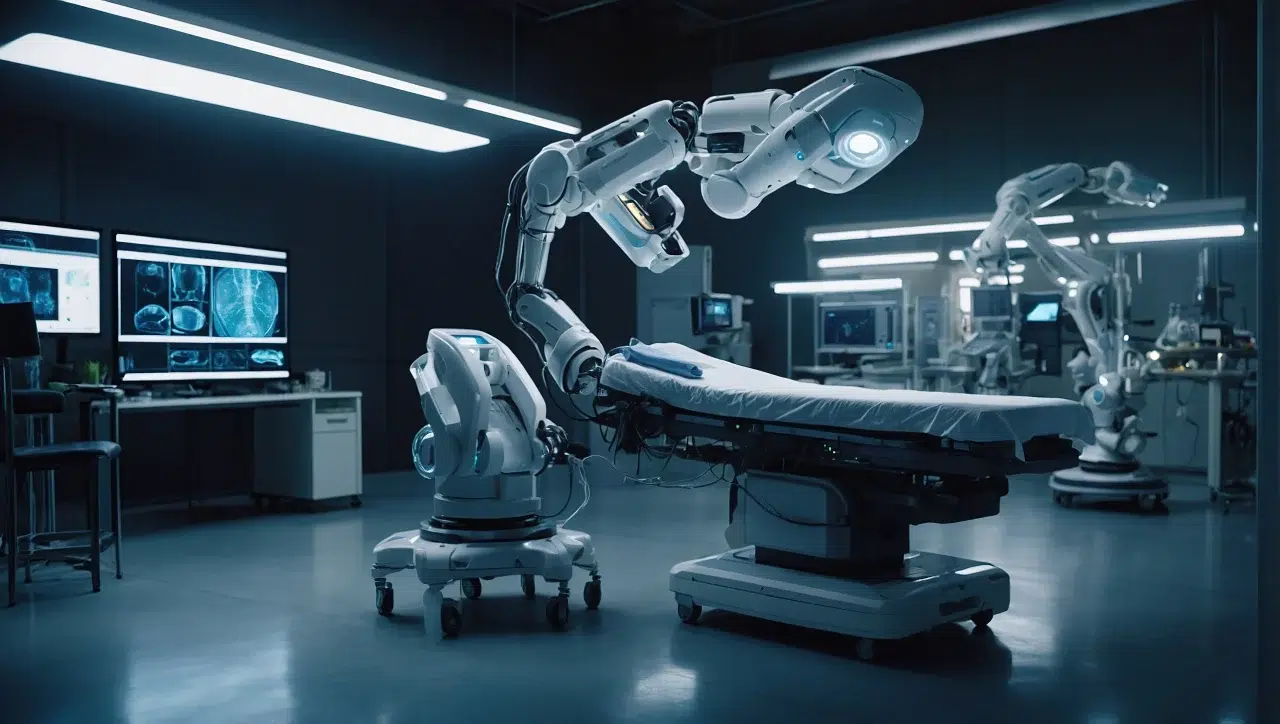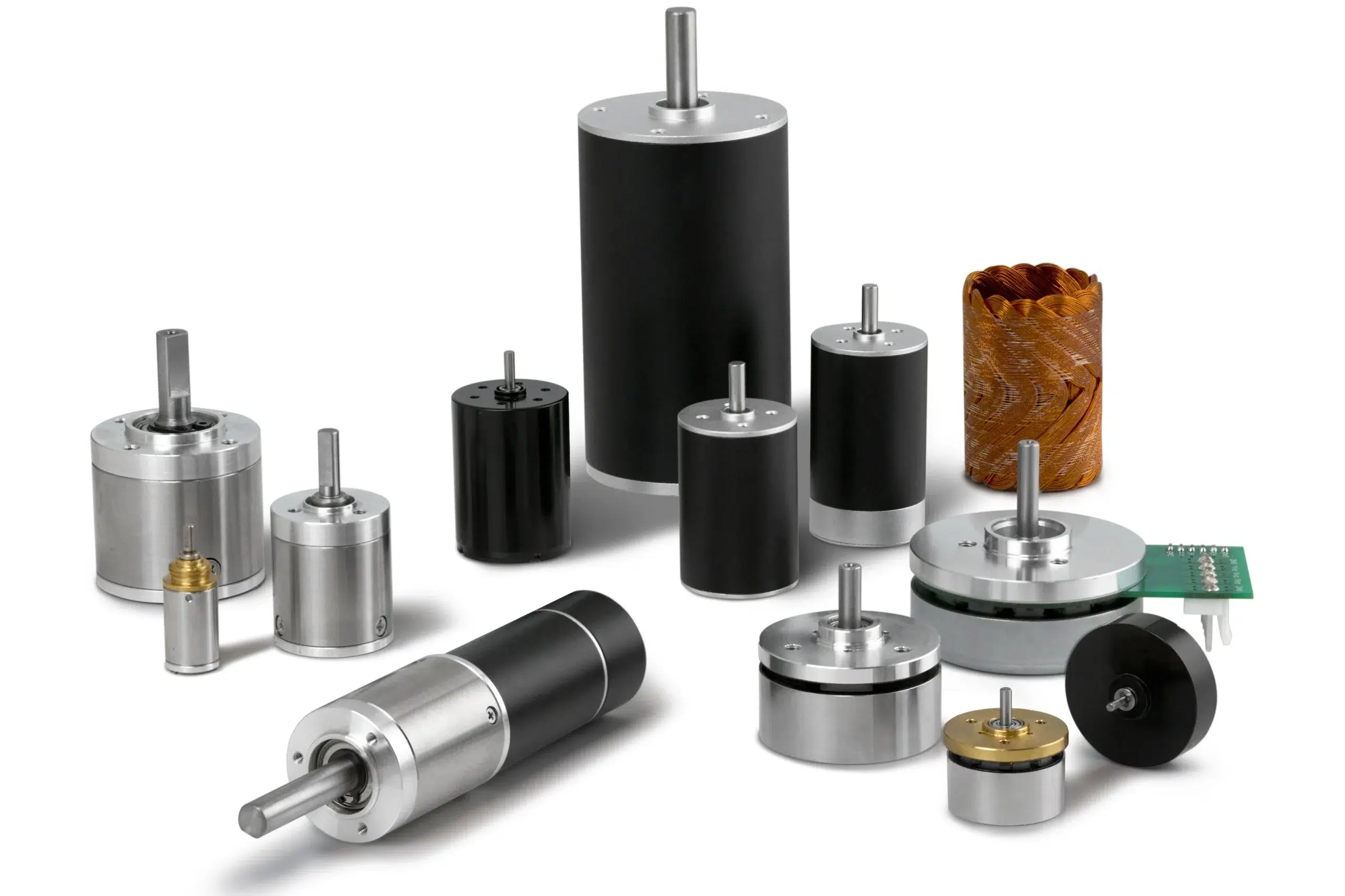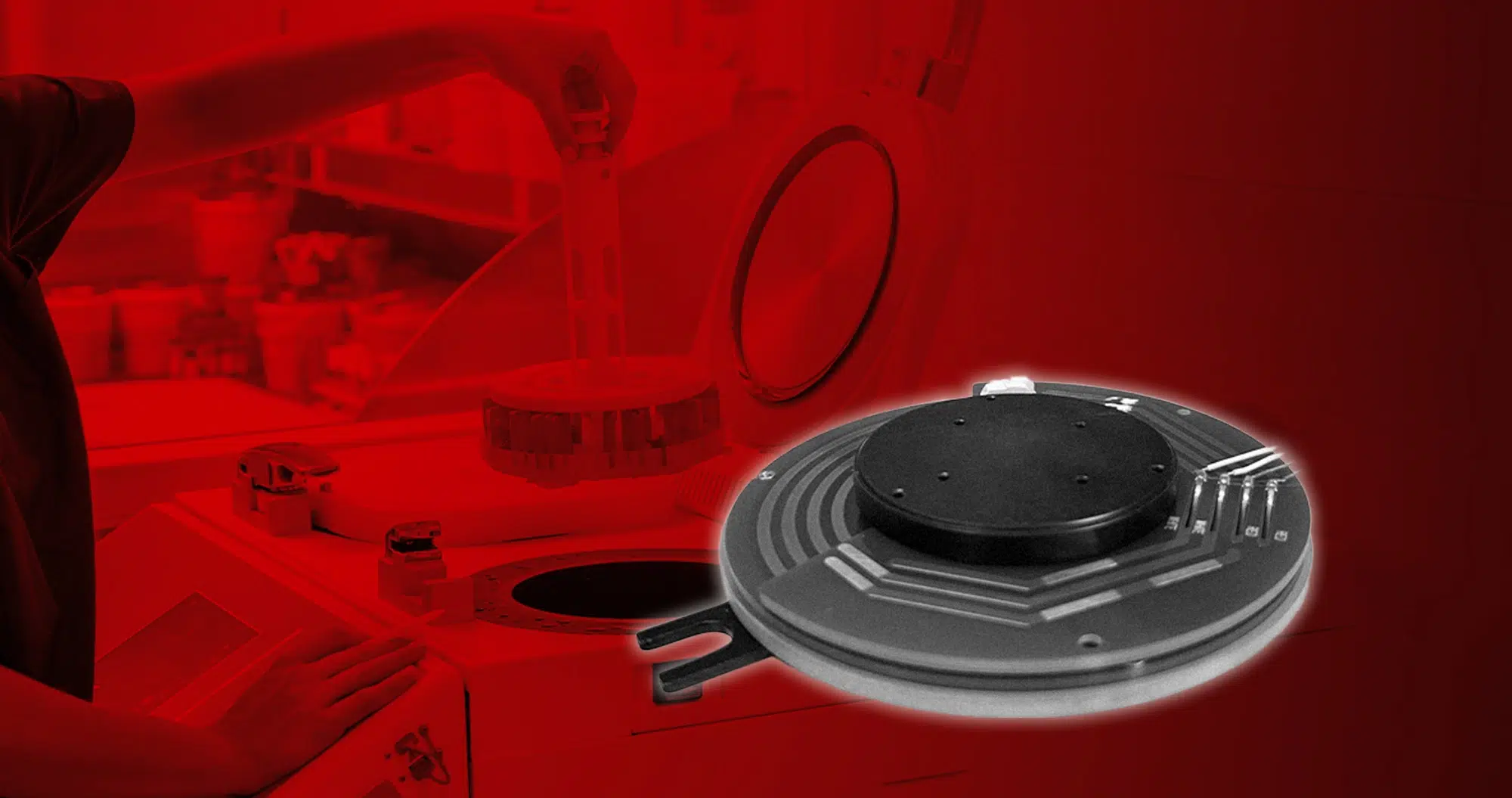Micromotors are very small motors that play a big part in modern medical devices. These tiny motors are built to move parts with care and accuracy, […]

Micromotors are very small motors that play a big part in modern medical devices. These tiny motors are built to move parts with care and accuracy, making them ideal for use where space is tight. As doctors and engineers look for easier and safer ways to treat patients, micromotors are becoming more popular in the medical field.
Micromotors in Surgery
One clear use of micromotors is in surgical tools. Modern surgery, especially when it is less invasive, needs instruments that work with great care. Micromotors help by moving parts of the tool in a steady and controlled way. This careful movement means that there is less chance of harming healthy tissue during an operation. As a result, patients may recover faster after their surgery. In simple words, micromotors give doctors more control and help them work with a gentler touch.

Micromotors for Medicine Delivery
Another important area where micromotors shine is in devices that deliver medicine. Some treatments need medicine to be given slowly over time rather than all at once. A micromotor can control this steady release of medicine by moving small amounts at set intervals. This controlled delivery is very useful for patients who require long-term treatments. With the help of a micromotor, devices can ensure that the right amount of medicine reaches the patient at the right time, making the treatment more effective.
Micromotors in Diagnostic Devices
Micromotors also have a key role in devices used for testing and diagnosis. Some machines need to move tiny drops of liquid with great accuracy. In these machines, small pumps work with micromotors to push liquids carefully through the device. This precise control helps in giving clear and accurate test results. When test results are reliable, doctors can be more confident in their decisions on the best way to treat a patient. Micromotors are also used within medical analysis machines such as small Scara robots, centrifuges, and small valves.
Micromotors in Wearable Medical Devices
In recent times, many people wear small devices that monitor health, such as devices that track heart rate or blood sugar levels. These wearable gadgets sometimes include parts that move, and here, micromotors prove to be very useful. Their small size, no noise and low power needs mean that they do not add extra weight or bulk to the device. This makes wearable devices more comfortable to use all day long. Patients can enjoy a lighter and simpler device without losing any function or accuracy.
The Future in Medicine
The small size of micromotors helps to make overall medical devices smaller and less intrusive. Smaller devices can be less risky when placed inside the body and may be more comfortable for patients. Engineers are constantly trying to improve micromotors so that they last longer and work even better in the body. With ongoing research, it is likely that micromotors will become even more important in new medical devices, leading to safer and more effective treatments.

Micromotors are a vital part of many medical devices today. They help make surgical tools more precise, allow for careful delivery of medicine, and improve the accuracy of tests and wearable devices. As research continues and technology advances, micromotors will play an even bigger role in modern medicine, helping to make treatments safer and recovery easier for patients.


